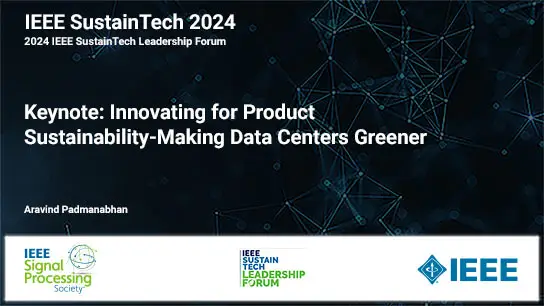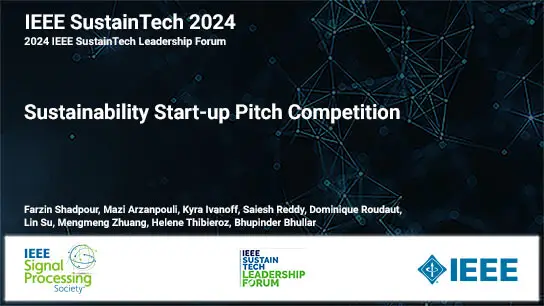Learning The Relevant Substructures For Tasks On Graph Data
Lei Chen, Zhengdao Chen, Joan Bruna
-
Members: FreeSPS
IEEE Members: $11.00
Non-members: $15.00Length: 00:07:32
11 Jun 2021
Focusing on graph-structured prediction tasks, we demonstrate the ability of neural networks to provide both strong predictive performance and easy interpretability, two properties often at odds in modern deep architectures. We formulate the latter by the ability to extract the relevant substructures for a given task, inspired by biology and chemistry applications. To do so, we utilize the Local Relational Pooling (LRP) model, which is recently introduced with motivations from substructure counting. In this work, we demonstrate that LRP models can be used on challenging graph classification tasks to provide both state-of-the-art performance and interpretability, through the detection of the relevant substructures used by the network to make its decisions. Besides their broad applications (biology, chemistry, fraud detection, etc.), these models also raise new theoretical questions related to compressed sensing and to computational thresholds on random graphs.
Chairs:
Fernando Gama



